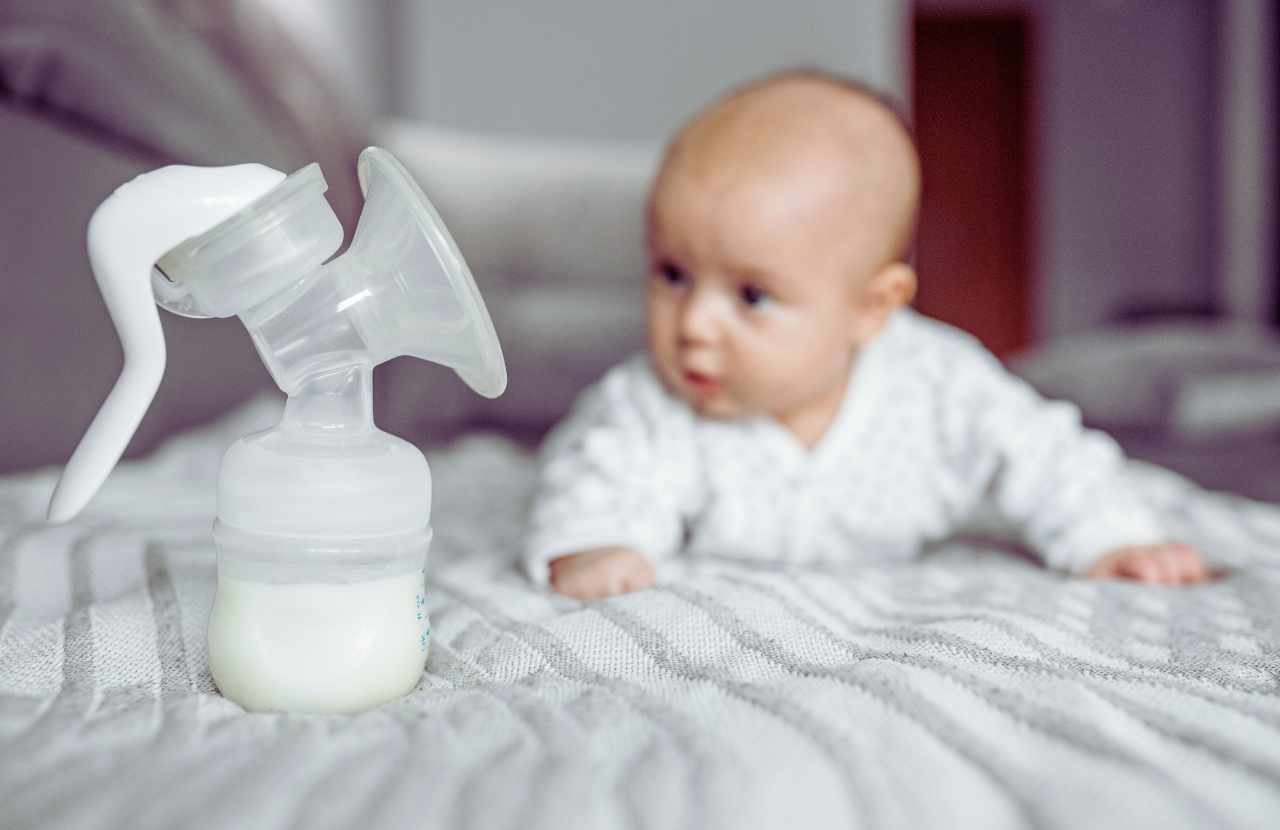Breast milk is a precious resource that provides optimal nutrition and essential antibodies for infants. Proper storage is essential to ensure its nutritional value remains intact. This article will explore the key aspects of breast milk storage guidelines, addressing questions that often arise for new mothers.
The Significance of Proper Breast Milk Storage
Breast milk serves as newborns’ primary source of sustenance, contributing to their growth, development, and overall health. However, storing breast milk correctly is crucial to preserve its quality and safety. Improper storage can lead to nutrient loss and potential contamination.
- Breast milk fuels newborn growth and immunity.
- Nutrient balance is crucial for cognitive and physical development.
- Proper storage maintains nutrient integrity.
- Inadequate storage risks bacterial contamination and nutrient loss.
- Adhering to guidelines ensures infant health and benefits.
- Storing breast milk is a commitment to a baby’s well-being.
Breast Milk Expression
Many mothers opt to express breast milk for various reasons, including returning to work or allowing others to take part in feeding. This practice offers flexibility while ensuring that infants still benefit from the nutritional advantages of breast milk. Manual expression and the use of breast pumps are two common methods employed to collect milk. Manual expression involves gently using hand movements to release milk from the breast.
On the other hand, breast pumps are mechanical devices that mimic the sucking action of a baby, efficiently collecting milk from the breasts. Both methods are valuable tools that help mothers maintain a consistent milk supply. By understanding these techniques and incorporating them effectively, mothers can ensure a steady and accessible source of breast milk, supporting their baby’s growth and nourishment.
Storage Containers and Materials
Choosing the right storage container plays a crucial role in upholding the quality of breast milk. Opting for containers free of Bisphenol A (BPA), a potentially harmful chemical, is paramount to ensure the milk remains safe for consumption. These containers can include purpose-designed bottles, specialized storage bags, or even reusable cups designed for this purpose.
Thorough cleaning and sterilization are imperative to ensure the containers maintain the highest hygiene standards. Before each use, containers should be washed with warm, soapy water and rinsed meticulously. Sterilization methods can vary, from boiling to using specialized sterilizing equipment. This meticulous attention to cleanliness minimizes the risk of introducing harmful bacteria to the stored breast milk.
Breast Milk Storage Guidelines
Proper storage of breast milk is essential to ensure its continued nutritional value and safety for your infant. Follow these guidelines to make the most of this precious resource:
Freshly Expressed Breast Milk: Breast milk can be stored at room temperature for a limited duration or refrigerated to extend its shelf life.
Room Temperature Storage: Generally, breast milk can be kept at room temperature (around 77°F or 25°C) for up to 4 hours.
Refrigeration Guidelines: Store breast milk at temperatures around 39°F (4°C) in the refrigerator. It can remain safe for up to 3 to 5 days.
Thawed Breast Milk: If frozen breast milk is thawed in the refrigerator, it can be safely stored for approximately 24 hours. However, it’s best to use it within 1-2 hours if thawed using warm water or a bottle warmer.
Frozen Breast Milk: Breast milk maintains its quality for a more extended period. It can be stored in a regular freezer for up to 6 months, while it lasts about 12 months in a deep freezer.
Pumped Breast Milk: Combining milk from various pumping sessions is acceptable, but it’s crucial to label and date the containers to keep track of freshness.
Handling and Preparation
Maintaining proper hygiene during breast milk expression and handling is of paramount importance. Ensure thorough handwashing, avoid cross-contamination, and opt for safe warming methods such as warm water or bottle warmers.
How Much Breast Milk to Store per Day
The amount of breast milk to store depends on your baby’s feeding habits and your circumstances. On average, newborns consume around 1.5 to 3 ounces per feeding during the first few weeks.
Breast Milk Consumption and Bottle Feeding
Understanding infant feeding needs is essential, as breastfed babies consume smaller amounts than formula-fed ones. This difference is due to breast milk’s tailored composition, offering optimal nutrition for growth.
Breast milk’s digestibility means breastfed infants often show fullness cues earlier. Avoiding overfeeding is crucial to prevent discomfort and excess weight gain. When bottle feeding breast milk, maintain sensitivity to an infant’s cues. Despite bottle measurements, respect an infant’s signals to avoid overfeeding.
Following feeding guidelines is vital, ensuring balanced nutrition and healthy eating habits. By recognizing these distinctions and guidelines, caregivers foster a positive feeding experience and lay the groundwork for lifelong well-being.
Storing Breast Milk in Baby Bottles with Nipples
While it’s possible to store breast milk in baby bottles with nipples, it’s essential to recognize potential drawbacks. These containers might not be as airtight as purpose-designed storage bags, possibly leading to contamination or nutrient loss.
Conclusion
Proper storage practices are crucial to maintaining expressed breast milk’s nutritional value and safety. By following these guidelines; you can ensure that your baby receives the full benefits of this precious resource. Remember that every baby is unique, so adapt storage practices to suit your baby’s needs and consult a healthcare professional if you have concerns.

